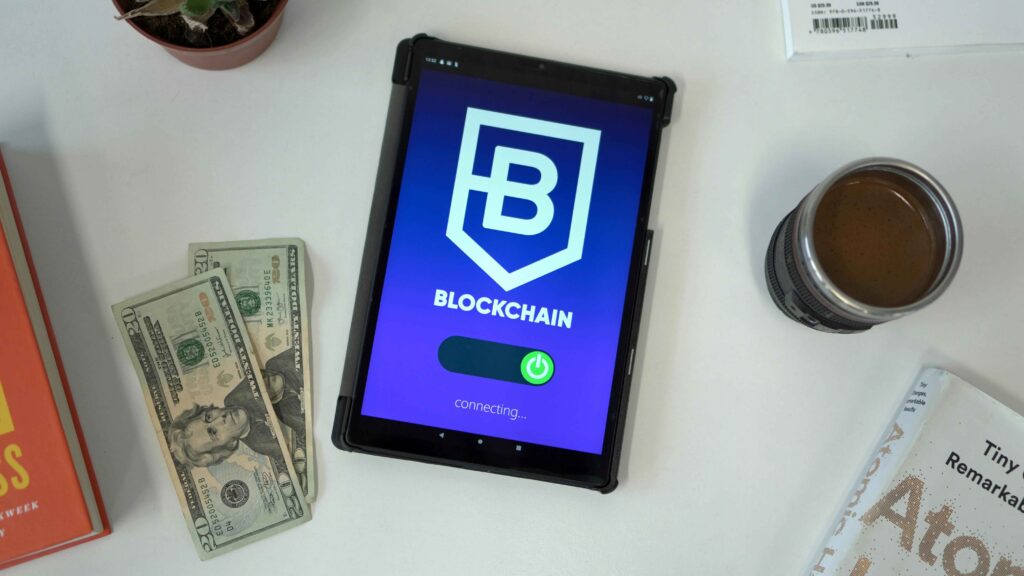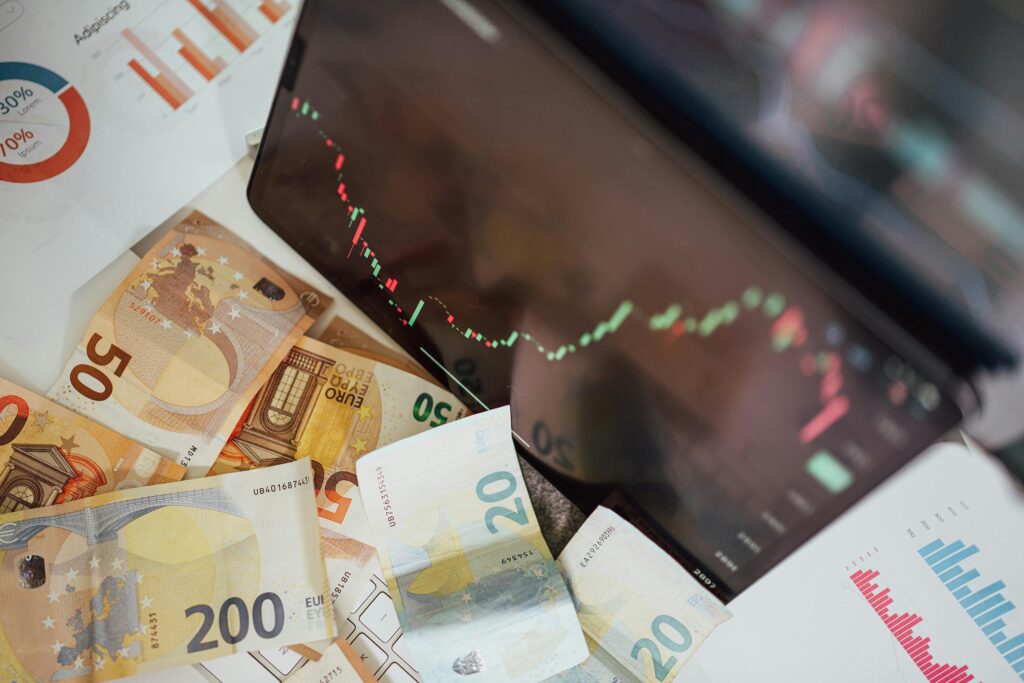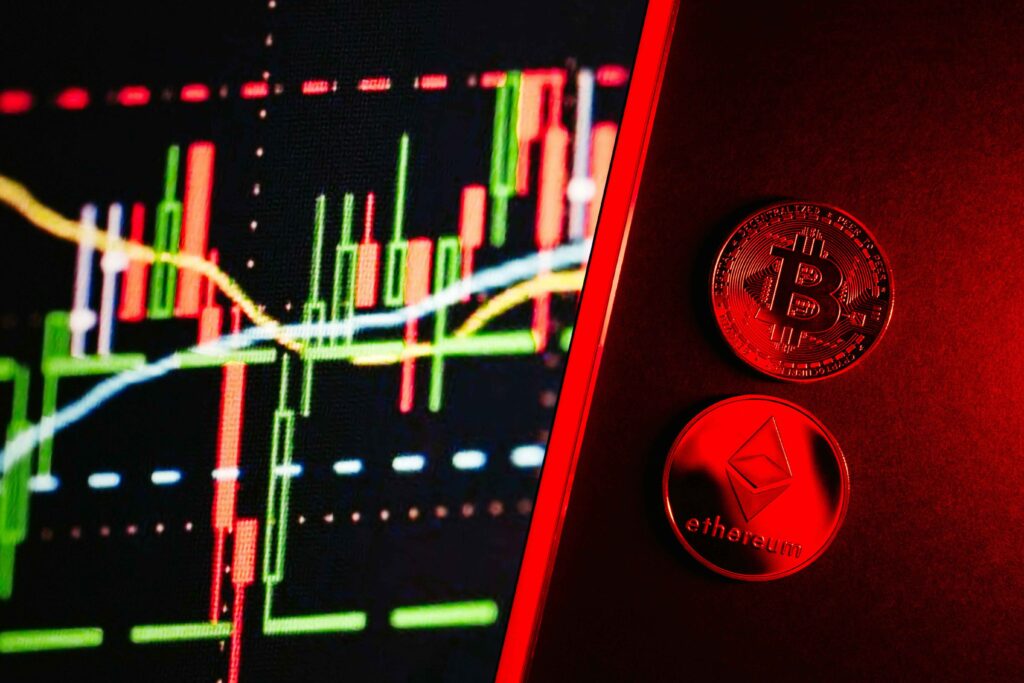Blockchain technology

Blockchain technology is a decentralized, distributed ledger system that records transactions across multiple computers in a way that ensures the security, transparency, and integrity of the data. Here’s a comprehensive overview:
Core Concepts of Blockchain:
1. Decentralization:
• Unlike traditional centralized systems where a single entity controls the data, blockchain operates on a decentralized network. This means that no single entity has control, and the ledger is maintained by a network of nodes (computers) that validate and record transactions.
2. Distributed Ledger:
• The blockchain is a shared ledger that records all transactions across the network. Every participant in the network has access to the full history of transactions, making the system transparent and immutable.


Core Concepts of Blockchain:
1. Decentralization:
• Unlike traditional centralized systems where a single entity controls the data, blockchain operates on a decentralized network. This means that no single entity has control, and the ledger is maintained by a network of nodes (computers) that validate and record transactions.
2. Distributed Ledger:
• The blockchain is a shared ledger that records all transactions across the network. Every participant in the network has access to the full history of transactions, making the system transparent and immutable.
3. Consensus Mechanisms:
• Blockchain networks use consensus mechanisms to agree on the state of the ledger. Common mechanisms include:
• Proof of Work (PoW): Miners compete to solve complex mathematical puzzles to validate transactions and create new blocks.
• Proof of Stake (PoS): Validators are chosen based on the number of coins they hold and are willing to “stake” as collateral.
• Delegated Proof of Stake (DPoS): Stakeholders vote for a small number of delegates to validate transactions and create blocks.
4. Cryptography:
• Blockchain relies on cryptographic techniques to secure transactions and control the creation of new units. Public-key cryptography ensures that only the intended recipient can access the data, while digital signatures verify the authenticity of transactions.
5. Immutability:
• Once a transaction is recorded on the blockchain, it cannot be altered or deleted. This immutability is ensured by the cryptographic hashing of each block, which links it to the previous one, creating a chain of blocks (hence the name “blockchain”).
6. Smart Contracts:
• Smart contracts are self-executing contracts with the terms of the agreement directly written into code. They automatically execute and enforce the contract when predefined conditions are met, without the need for intermediaries.

Types of Blockchains:
1. Public Blockchains:
• Open to anyone who wants to participate and validate transactions. Examples include Bitcoin and Ethereum.
2. Private Blockchains:
• Restricted to specific participants within an organization or group. They are often used for business-to-business transactions.
3. Consortium Blockchains:
• A hybrid between public and private blockchains, where a group of organizations controls
the network, making it partially decentralized.
4. Hybrid Blockchains:
• Combine features of both public and private blockchains, allowing data to be shared
across a public network while keeping sensitive data private.
Key Applications of Blockchain:
1. Cryptocurrencies:
• Bitcoin, the first and most well-known application of blockchain, operates as a decentralized digital currency. Other cryptocurrencies like Ethereum, Ripple, and Litecoin also utilize blockchain technology.
2. Supply Chain Management:
• Blockchain can track the movement of goods across the supply chain, providing transparency and ensuring that the products are authentic and ethically sourced.


Key Applications of Blockchain:
1. Cryptocurrencies:
• Bitcoin, the first and most well-known application of blockchain, operates as a decentralized digital currency. Other cryptocurrencies like Ethereum, Ripple, and Litecoin also utilize blockchain technology.
2. Supply Chain Management:
• Blockchain can track the movement of goods across the supply chain, providing transparency and ensuring that the products are authentic and ethically sourced.
3. Voting Systems:
• Blockchain-based voting systems can increase transparency, reduce fraud, and ensure that every vote is counted accurately.
4. Healthcare:
• Blockchain can be used to store and share patient records securely, ensuring that only authorized parties have access to the data.
5. Finance and Banking:
• Blockchain can streamline processes such as cross-border payments, reducing costs and increasing the speed of transactions. It also enables the creation of decentralized financial (DeFi) systems that operate without traditional banks.
6. Real Estate:
• Blockchain can simplify the process of buying and selling property by providing a transparent and secure way to record ownership and transfer titles.

Challenges and Limitations:
1. Scalability:
• As the number of transactions increases, blockchains can become slower and more expensive to maintain, especially for public blockchains like Bitcoin.
2. Energy Consumption:
• Proof of Work (PoW) consensus mechanisms, like those used by Bitcoin, require significant computational power, leading to high energy consumption.
3. Regulation:
• The regulatory environment for blockchain and cryptocurrencies is still evolving, with governments around the world taking different approaches to regulation.
4. Interoperability:
• Different blockchain networks may not be able to communicate with each other, creating challenges for widespread adoption.
5. Security:
• While blockchain is secure by design, it is not immune to attacks. For example, a 51% attack occurs when a single entity gains control of more than 50% of the network’s computing power, allowing them to manipulate the ledger.
Future of Blockchain:
The future of blockchain technology is promising, with potential advancements in areas like quantum resistance (to protect against future quantum computing attacks), improved scalability solutions like sharding, and the integration of blockchain with other emerging technologies such as the Internet of Things (IoT) and artificial intelligence (AI). As blockchain continues to evolve, it is likely to play a crucial role in reshaping industries and transforming the way we interact with digital systems.


Future of Blockchain:
The future of blockchain technology is promising, with potential advancements in areas like quantum resistance (to protect against future quantum computing attacks), improved scalability solutions like sharding, and the integration of blockchain with other emerging technologies such as the Internet of Things (IoT) and artificial intelligence (AI). As blockchain continues to evolve, it is likely to play a crucial role in reshaping industries and transforming the way we interact with digital systems.
Frequently Asked Questions
How does this overall process work?
Our alerts are designed to be simple and straightforward. Here’s how you can start making profitable trades:
Open a Brokerage Account:
– Sign up with a reputable online brokerage (e.g., E-TRADE, Robinhood).
Understand the Signal:
– Read the signal details: stock code, buying price, holding period, and expected profit.
Place the Trade:
– Log into your brokerage account, search for the stock, and place a buy order at the recommended price.
Exit the Trade:
– Sell the stock at the recommended exit point or within the holding period.
Review and Learn:
– Check your results and note what worked for future trades.
Example:
Signal Received:
Stock Code: GRİ
Buying Price: $2.10 – $2.35
Holding Period: 3-7 days
Expected Profit: 10-25%
Steps:
Open: Log into your brokerage account.
Search: Look for stock code “GRİ.”
Buy: Place a limit order to buy at $2.10 – $2.35.
Sell: Place a limit order to sell at the recommended exit price.
Review: Check your profits and learn from the trade.
Is it the right time to invest in stocks?
What happens after I purchase the membership?
Can the number of alerts vary?
Contact Us
Please get in touch if you need any assistance, services, or questions!
- info@ustradeclub.com
